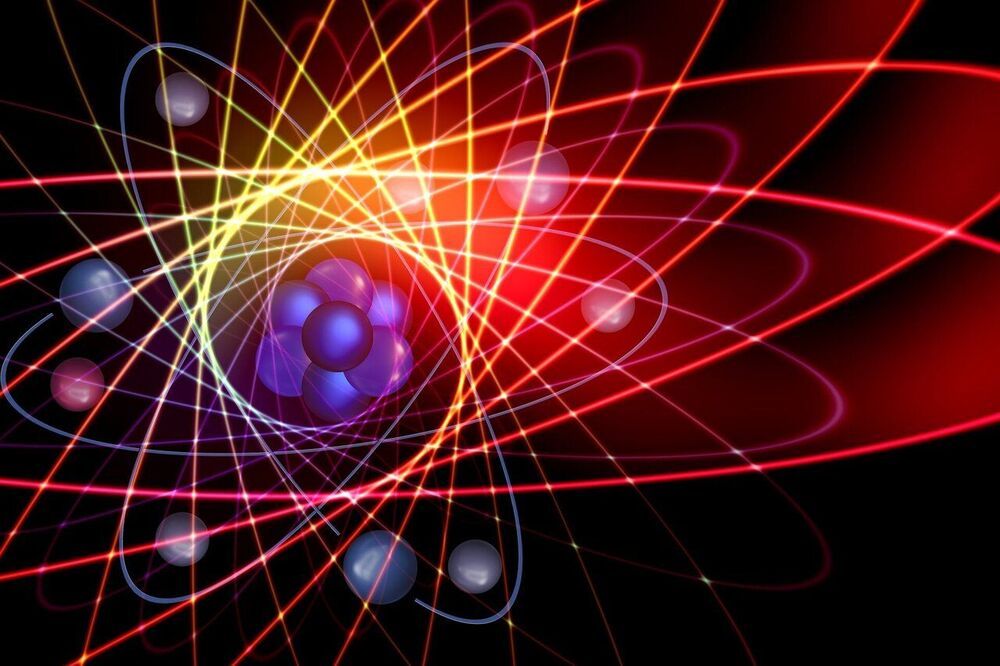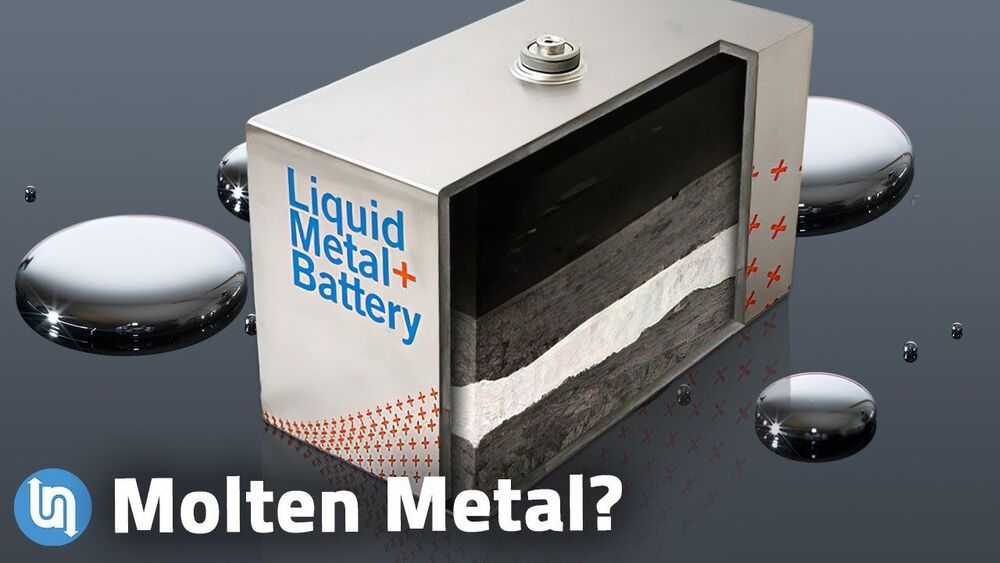Engineers at the University of California San Diego developed a new wearable device that turns the touch of a finger into a source of power for small electronics and sensors. The device is a thin, flexible strip worn on a fingertip and generates small amounts of electricity when a person’s finger sweats or presses on it.
More interestingly, this sweat-powered device is capable of generating power even when the wearer is asleep or sitting still. This could open up some very interesting possibilities in the wearable space, as the researchers have now figured out how to harness the energy that can be extracted from human sweat even when a person is not moving.









